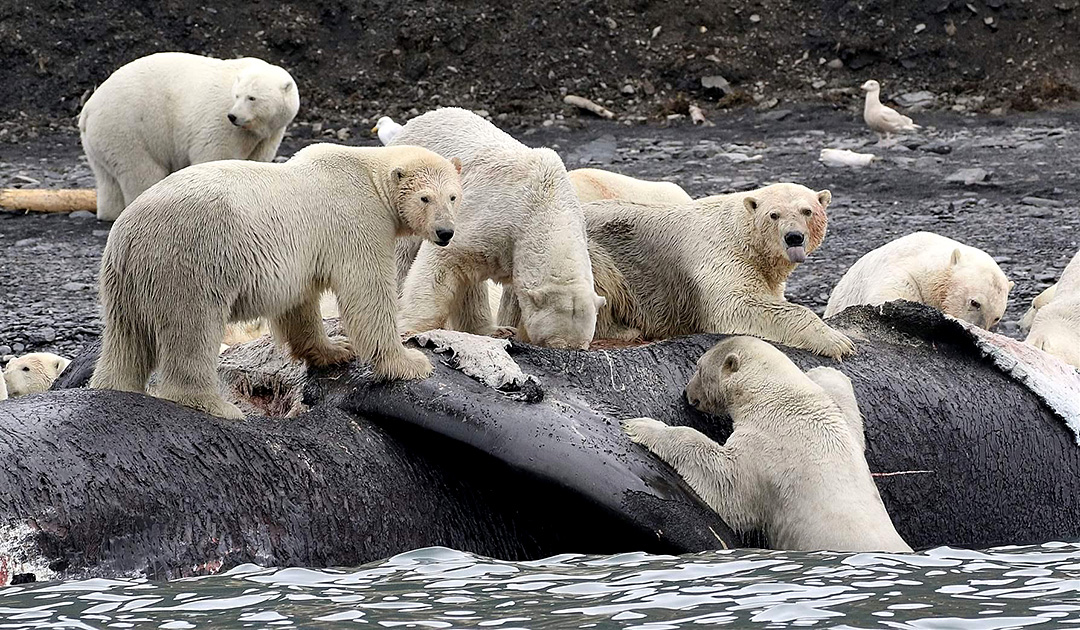
Although virtually no living thing is spared from climate change, Arctic wildlife feels the most vulnerable. Russia is warming two and half times faster than other parts of our planet, and this is causing the permafrost to thaw, as well as more frequent forest fires, floods, and heat waves. Russians are beginning to feel the effects of climate change on their health and well-being. But the animals that roam the vast expanses of the Arctic, which is warming faster than the rest of the world, have been suffering for some time.
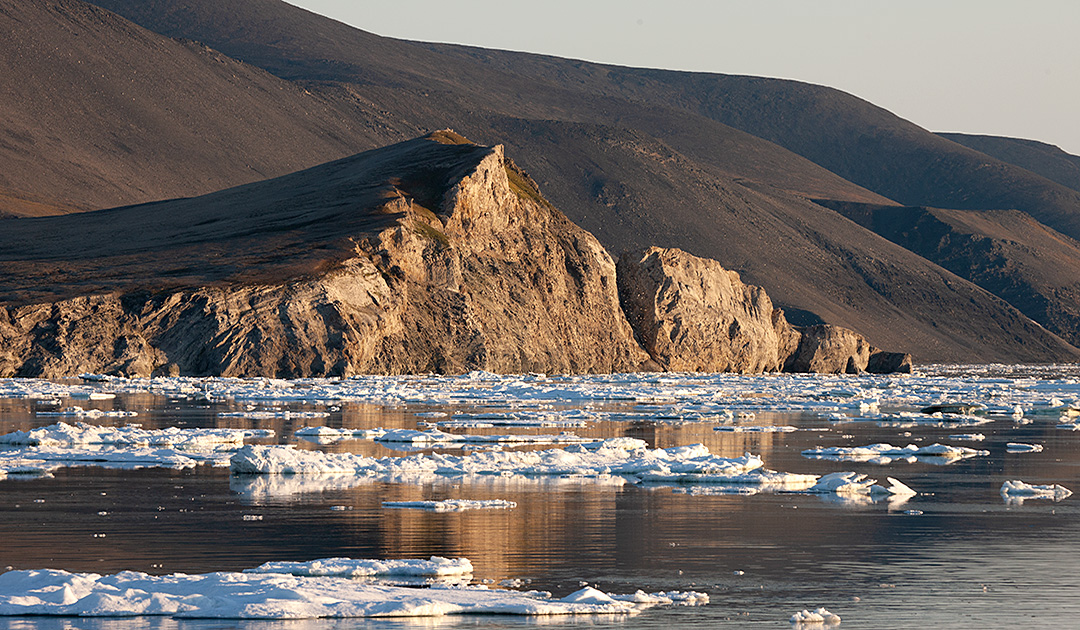
Habitats change faster than animals can adapt
“The general pattern of impacts is that habitats are changing faster than species can adapt to those changes,” says Pavel Kulemeev, a researcher at Wrangel Island National Park. “Species that have adapted to survive under very specific and limited conditions cannot withstand large fluctuations in environmental conditions and therefore will not be able to adapt as quickly to changing conditions.”
“Also, it’s important to understand that climate change doesn’t affect a single organism, it affects the entire ecosystem, meaning the effects of the changes can be indirect, such as disrupting the animal’s food source.”

Not enough ice for polar bears and walruses
“Due to the warming of the planet, many species are retreating further north. In this situation, the animals of the tundra and polar regions have no real retreat further north. The first to feel this is the polar bear, which hunts seals on the pack ice. The pack ice area is shrinking, and the number of seals is also decreasing. Thus, polar bears find not enough food to sustain themselves and their offspring. In general, large predators are among the most endangered animals,” says Boris Sheftel, a senior researcher at the Severtsov Institute of Ecology and Evolution of the Russian Academy of Sciences.

Indeed, many of us have seen the heartbreaking video of a polar bear on the verge of starvation, roaming a barren, ice-less landscape in a desperate last ditch attempt to find food.
It’s not even so much the amount of ice that remains during the summer months, but the rate at which the ice is retreating toward the North Pole that is causing the problem. “If it retreats too quickly, the bears simply don’t have time to realise that they need to get there, too, and they get stranded on the shore or, even worse, on an island,” explains Dr Alexey Kokorin, the head of WWF Russia’s Climate and Energy Programme.

In addition, due to changes in the ice cover, bears are deprived of their resting places and forced to expend more energy on hunting. Pregnant females must travel longer distances to their dens. When thaws occur, there can be a temperature change in the den that can cause a mother bear and her cubs to leave the den prematurely and the cubs to die of hypothermia.
Decreasing ice areas also pose a serious threat to walruses, as they also lack resting areas. Because of this, they are starting to change the location of their colonies, which means it may be harder for them to find food and easier for polar bears to attack their cubs.
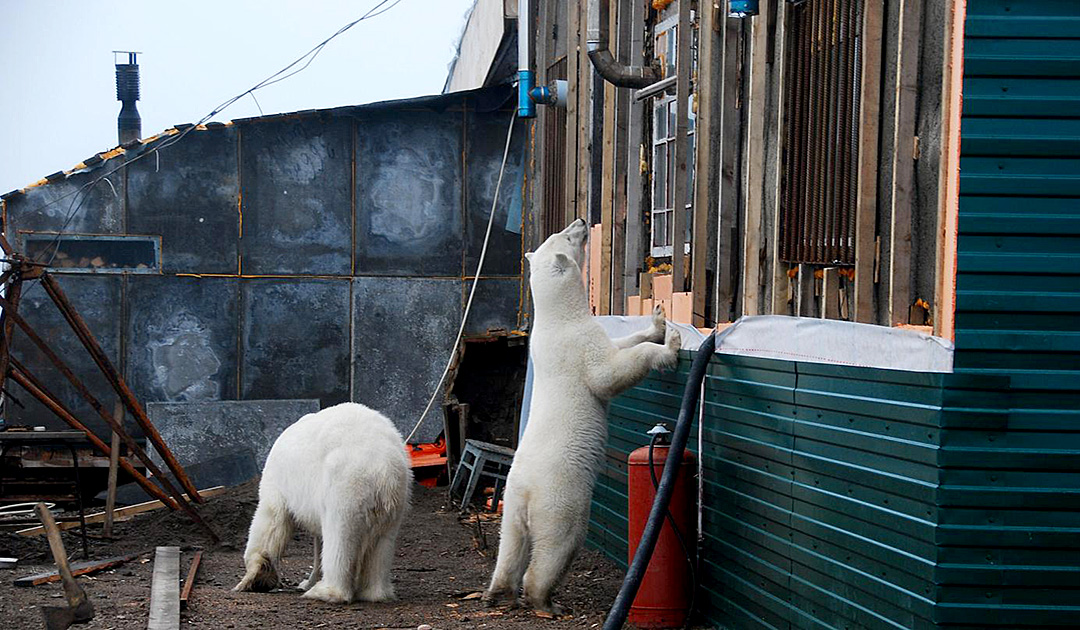
Bears vs humans poses conflict risk
When bears are stranded on land, not only are they deprived of their primary food source, but this also leads to the very real and serious threat of human-wildlife conflict. When bears can’t hunt on the sea ice, they turn hungrily to land. And land is where people live. Dr Kokorin recalls an incident that occurred on Novaya Zemlya in 2019, when more than 50 bears showed up at a military settlement because they simply couldn’t find food anywhere.
In these cases, polar bears mainly scavenge food waste discarded by humans, but in more extreme cases they hunt dogs and humans themselves. This poses a direct risk to the bear, as it will most likely be shot by humans, and to the humans themselves, as they could be attacked by the bear. Such incidents have become increasingly common over the past 15 years. Mr Kulemeev warns that these events are becoming more frequent in view of the increasing rate of warming of the Arctic and, as a rule, people themselves are responsible for provoking the animals to attack by violating existing safety rules.
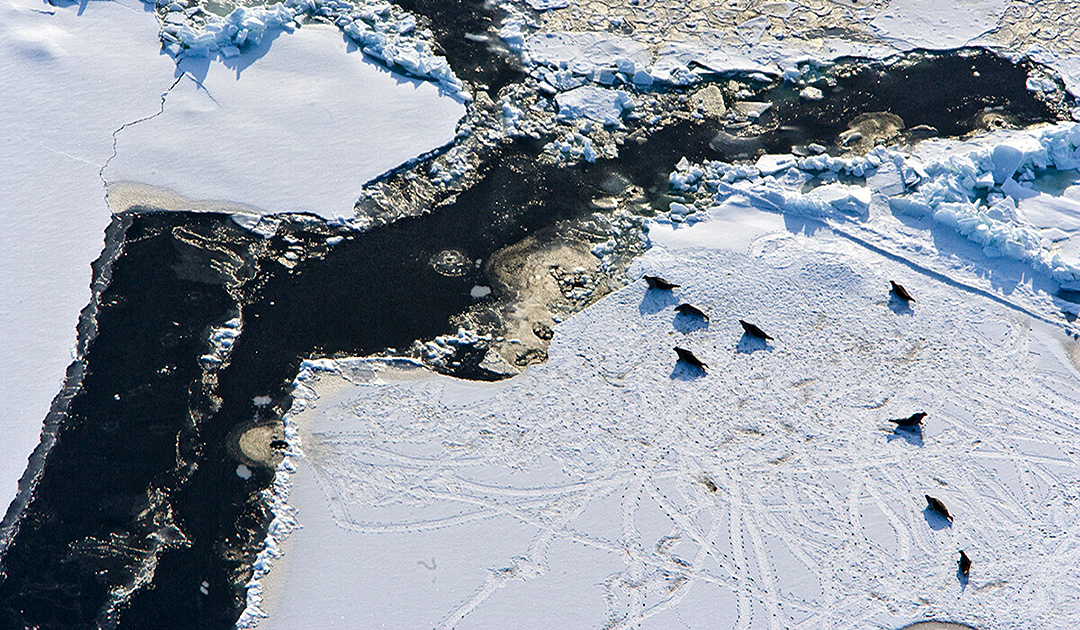
Why do harp seal pups die in their first month of life?
Seals in the White Sea are also seriously threatened. The young are usually born in April, a time when there is usually still plenty of ice and it is rain-free. But now the ice melts earlier and the rain also starts earlier. The first month in the life of pups is critical and although they are born with a coat thick enough to withstand the cold, it is still not waterproof. So when it rains, they get hypothermic and die. As mass mortality of baby seals becomes more frequent, the likelihood of population collapse is much higher.

Before climate change, poachers were a major problem. This problem was solved thanks to a decrease in demand for white fur hats. Ships also used to pass by their habitat, but Arkhangelsk authorities stopped shipping traffic around the places where the seals and their pups live.
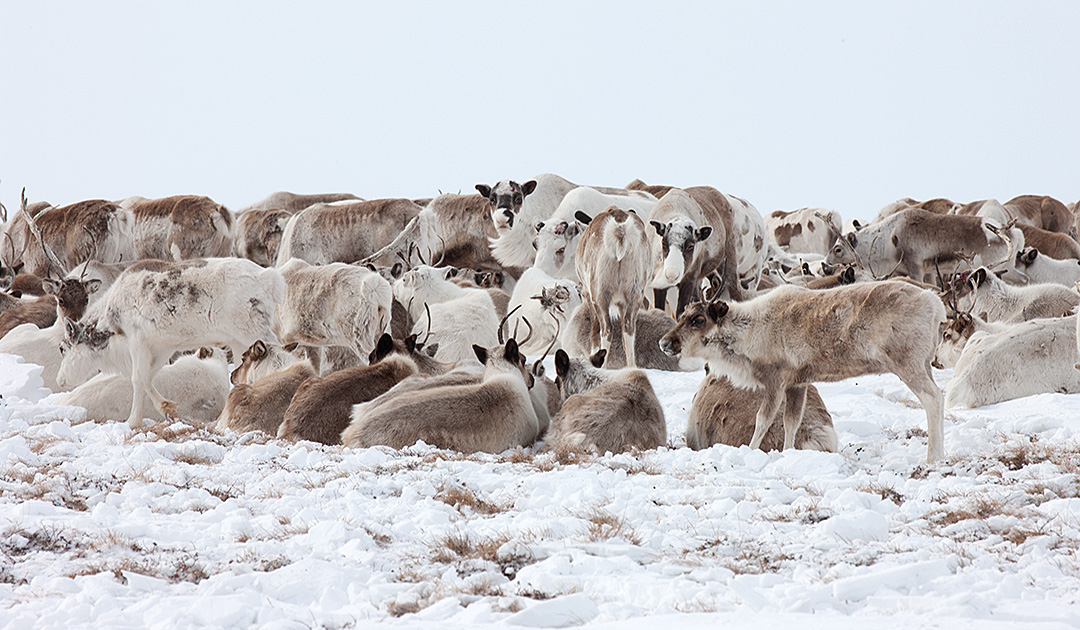
Arctic reindeer moss buried under ice
In December 2020, winter rains were followed by long periods of extreme cold on the Yamal Peninsula, resulting in the deaths of thousands of Arctic reindeer. The unusual weather, likely related to climate change, caused a sheet of ice up to three centimeters thick to form over the lichens. For this reason, it became impossible for the reindeer to reach their food on their winter pastures. In this particular incident, the hooves of the dead reindeer were badly worn as they desperately tried to reach their food source.

Will they survive?
Polar bears — Whether animals like the polar bear can adapt to a changing environment is a question on which scientists argue among themselves. For Mr Kumeleev, it is very likely that they will not be able to adapt, as the number of endangered populations is already low and in some cases critically low.
But according to Dr Kokorin, it’s not all doom and gloom for most of these endangered animals. Regarding polar bears, he asserts that even the most pessimistic forecasts say that this majestic animal will survive if people use all possible means to prevent them from entering settlements and do not leave food in the garbage and scare them away with loud noises. This is their main method of adaptation to climate change. Their number will probably decrease, but it will still be enough to maintain a healthy population that “our grandchildren and their children will enjoy” Dr Kokorin reckons.

Walruses — Regarding walruses, we need to monitor any new colonies, understand what problems the walruses might encounter there, and try to discourage walruses from establishing colonies in places where they are vulnerable to attack by polar bears by making noise, for example. Of course, we shouldn’t interfere too much with nature, so we should only do this when walrus numbers get critically low.
Arctic reindeer — The species will most likely survive by changing its migration patterns. In some places the Arctic reindeer changes its migration patterns in spring and autumn, while in other places where the climate changes more rapidly and radically migration patterns also change in winter. When unusual thawing and freezing occurs, people can help reindeer break through the ice with tools. WWF Russia has experimented with helping newborn calves cross rivers and has had some success.
Seals in the White Sea — According to Dr Kokorin, they will not survive if climatic conditions continue to change. Their only choice is to move to the Barents Sea, which means they will no longer be found in the White Sea, or humans will have to create artificial ice islands for them.
This article was originally published by Russia Beyond.
Author: Maria Stambler





